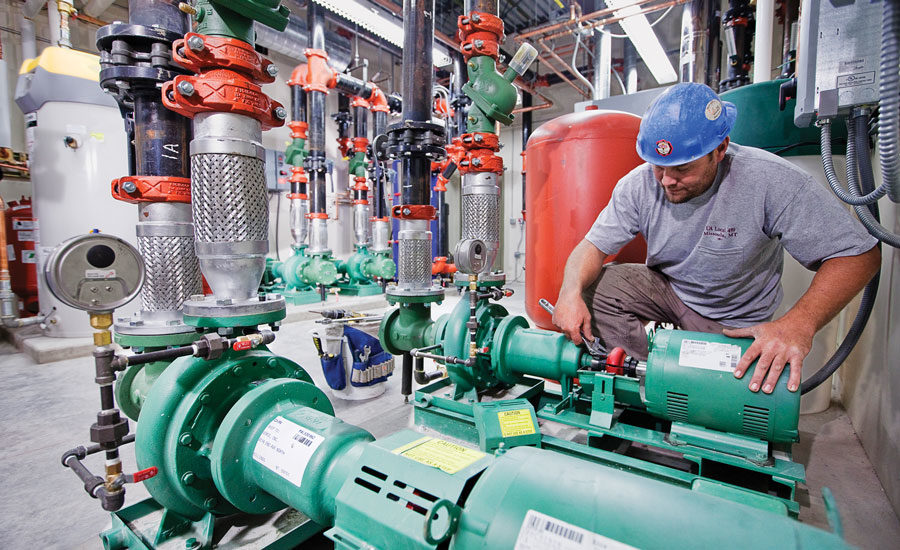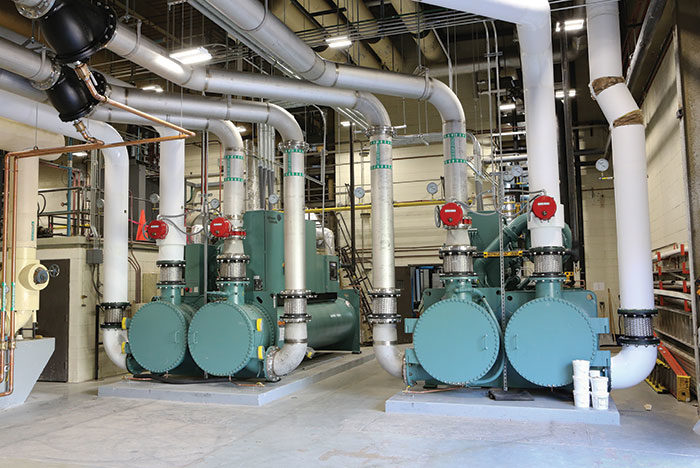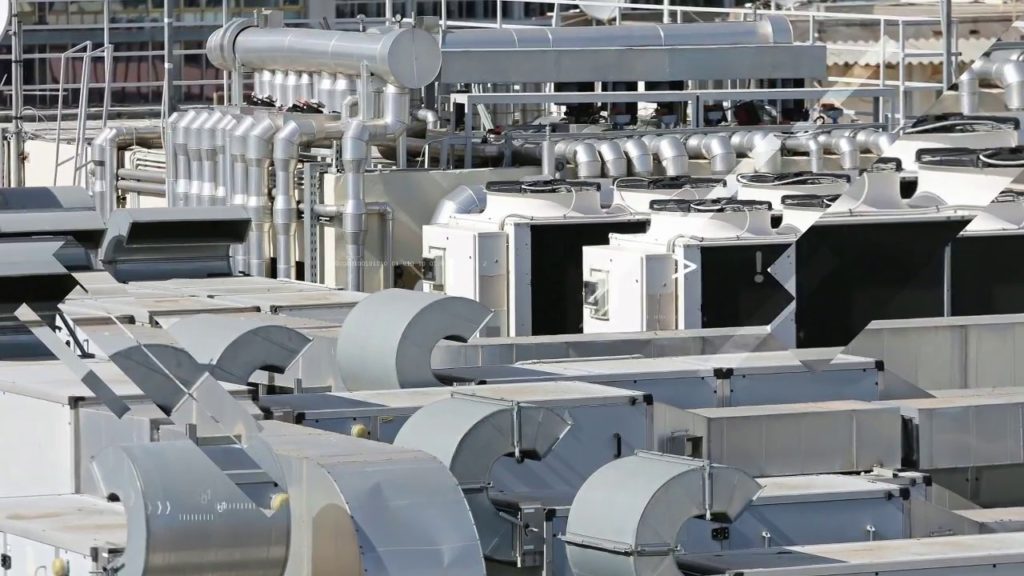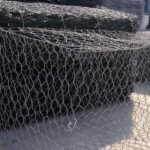Ever since its inception, the internet of things has been a buzzword across industries, and the HVACR domain is no exception. The speed at which this domain has adopted IoT’s transformative business applications is mind-blowing.
Connected HVACR solutions that deploy smart sensors, advanced analytics, and commodity storage options provided by the cloud are improving equipment operating efficiency and offering businesses a serious competitive advantage.
Moreover, global warming and other environmental factors are less predictable, putting serious pressure on HVAC-R systems. This scenario demands the industry to become more flexible and responsive. IoT can help here!
In this post, we will share interesting insights on how this technology is disrupting the HVACR realm.
- Automation Systems Are Maximizing System Performance
According to an in-depth analysis conducted by the Continental Automated Buildings Association (CABA), owners of large commercial buildings are leveraging IoT to maximize system performance.
For instance, by building automation systems that use control functions, buildings can improve system performance. These systems rely on mobile Internet data services and equipment that allows millions of data points to be stored and reviewed.
Further, they also apply the wireless thermostat technology that is interconnected. This allows building managers and owners to link to a wide array of building controls across a property or a wide property portfolio.
Such smart technology is being embedded deep into building automation equipment like heating, ventilation, air conditioning, and refrigeration systems.

- Predictive Analytics and Remote Diagnostics Have Improved HVACR Efficiency
The efficiency of HVACR can be tremendously improved with the real-time data and insights offered by IoT-driven advanced analytics. It allows firms to better anticipate the risks and opportunities, thus improving performance.
Say, you have a central plant where you aim to control for both energy and cost efficiency. IoT allows you to apply predictive controls and reinforcement learning to optimize the HVACR system.
You can also determine the ongoing optimal performance in a dynamic environment like a building with changing weather and utility rates or certain facility constraints.
Monitoring and assessing equipment performance remotely saves a lot of time and money for customers because problems can be spotted and resolved quickly. That way remote diagnostics ensure unprecedented reliability and connectivity, making equipment repair faster and more efficient.
Besides offering pre-emptive solutions, IoT allows you to identify an issue in equipment that has stopped working. It can spot the issue, send an alert, and diagnose the problem.
For large property owners, this means early diagnosis of equipment issues before service technicians need to be summoned. Predictive maintenance through innovative IoT systems will prevent equipment failure and associated downtime for buildings and their occupants
Check out how Microsoft that had over 2 million data points at its main campus at Redmund (125 office buildings) leveraged predictive maintenance. Overall, Microsoft realized energy savings of about 10% per year and was able to detect 48% faults within a minute.
You can read more about this case study here.
- IoT Offers Robust Monitoring Capabilities in Commercial Refrigeration
The commercial refrigeration industry is undergoing a massive transformation. IoT is being integrated into their equipment, commercial refrigeration units, to offer robust monitoring capabilities. This promises greater controls in the hands of the operator.
For instance, the newly-launched HVACR systems are deploying integrated IoT sensors and timers to automate temperature monitoring and control of homes and commercial spaces. These devices can also control and monitor humidity and power usage.
This has resulted in significant cost savings for the end-user.
Check out this case study where IoT solutions are enabling HVAC manufacturers and property managers to leverage the full power of their data and efficiently monitor and control their systems,

- IoT Delivers Solutions That Need Zero Human Intervention
HVACR equipment often needs to be in constant operation. In such cases, controlling the process manually is not only tedious but also subject to human error.
IoT delivers smart changes with no need for human intervention. Devices like sensors can control everything from the temperature to the internal climate of a building. This means changes can be automated and implemented with ease while maintaining the efficiency of the system.
- IoT Upholds Personalization
HVACR systems supported by IoT can be personalized. Data collected from several sites can be leveraged to deliver personalization and efficiency.
For instance, if a commercial park has four buildings, IoT-enabled distributed control system can be applied to offer personalized environments based on the occupants’ comfort and preferences. The system allows you to see this information at an aggregated level.
Similarly, you can track which areas, structures, or facilities are using the most energy, allowing you to implement energy-conserving tactics. So, if an open area in a commercial building is using a lot of energy, intelligent low bay lighting with motion-sensing capabilities can be installed to optimize energy consumption.
Finally, by applying IoT technology, property owners and managers will be able to better control building operations and respond to tenant requests from apps on their smart devices. Thus, critical issues with regards to standards, APIs, cybersecurity, and the cloud will be addressed while yielding meaningful insights on how to best manage such situations.
What Should HVACR Contractors Do Now to Capitalize on IoT?
- Follow trends and use cases shared above.
- Attend technical conferences that share information on market-specific IoT applications.
- Join industry associations. These groups often target the implications of IoT and other technologies.
- Encourage original equipment manufacturer (OEM) training on the latest IoT-enabled products.
- Consider what role you will play in getting architects, maintenance staff, technologists, and product manufacturers on one platform when optimizing IoT applications. You need to understand how you can better collaborate with these value chain partners.
Summing Up
The HVACR domain has adopted IoT with surprising speed. Almost every business operating in this segment has invested in cloud applications, mobile apps, connected devices, and more.
These innovative solutions offer contractors value that can lead to gaining a competitive edge. Hence, in the coming years, you’ll only see IoT applications booming in the HVACR space.
Author Bio
Karen Lopez is a freelance content writer at marketing digest. With her keen interest in home decor and remodeling, she loves contributing insightful articles about the latest renovation trends in residential and commercial spaces. In her free time, she enjoys listening to Jazz music and watching Netflix.






